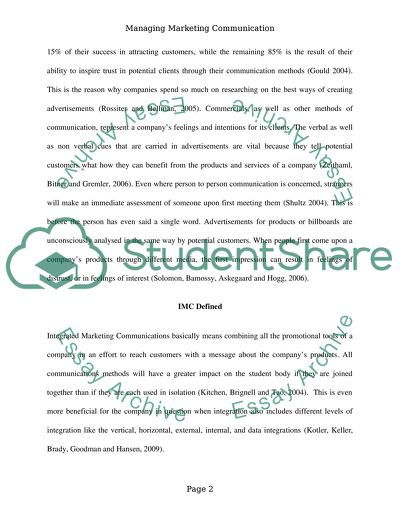Cite this document
(“Managing Markering Communication Essay Example | Topics and Well Written Essays - 2500 words - 1”, n.d.)
Retrieved from https://studentshare.org/marketing/1474406-managing-markering-communication
Retrieved from https://studentshare.org/marketing/1474406-managing-markering-communication
(Managing Markering Communication Essay Example | Topics and Well Written Essays - 2500 Words - 1)
https://studentshare.org/marketing/1474406-managing-markering-communication.
https://studentshare.org/marketing/1474406-managing-markering-communication.
“Managing Markering Communication Essay Example | Topics and Well Written Essays - 2500 Words - 1”, n.d. https://studentshare.org/marketing/1474406-managing-markering-communication.


